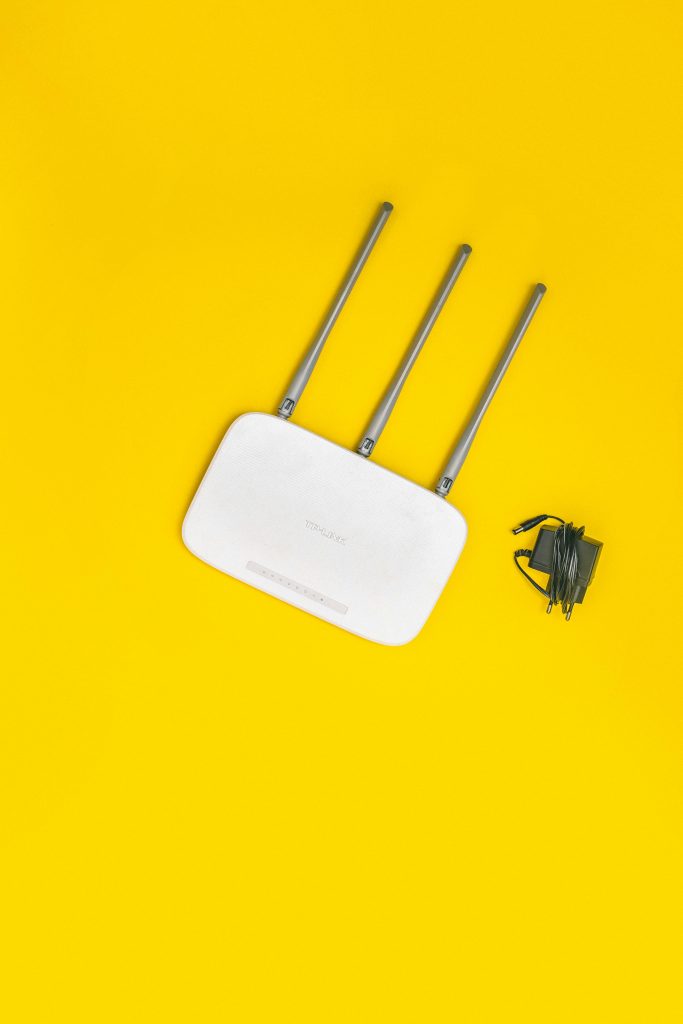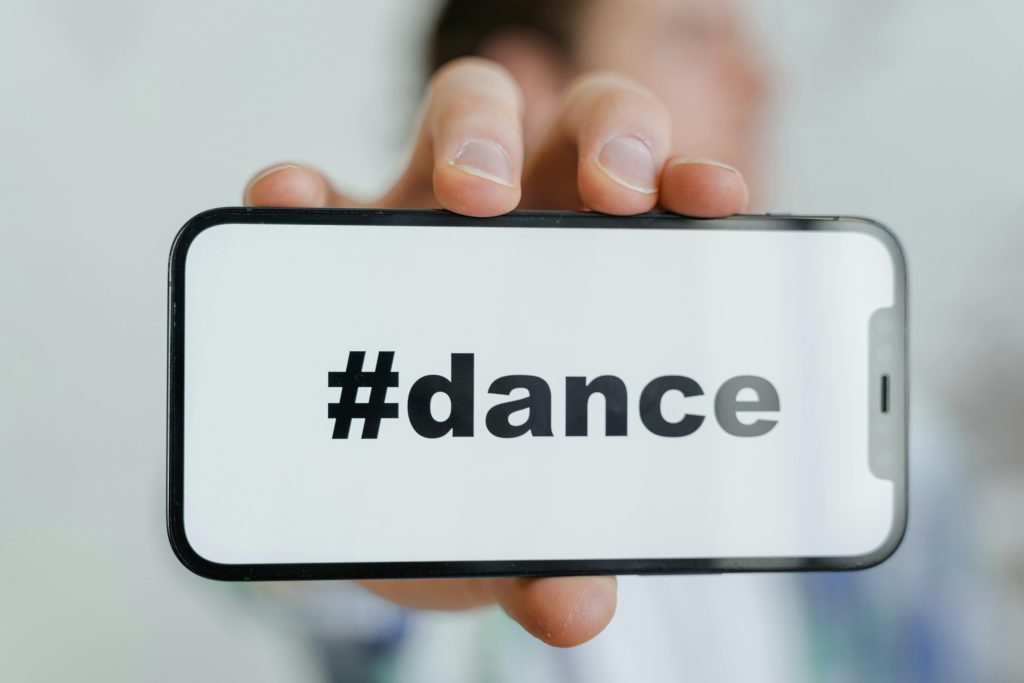A Baffling Case of Credential Cloning: My Experience with a Stranger’s Google Account
In today’s digital age, cybersecurity is a critical topic that often doesn’t receive the attention it deserves until a crisis arises. Recently, I found myself in a bewildering situation that left me questioning the security of my online data.
Just yesterday, I was contacted by a stranger through social media who had a perplexing story to share. This individual informed me that her MacBook Pro began suggesting my login credentials when she attempted to access various websites using Google Chrome. To my utter disbelief, her Google account seemed to have all the credentials I have saved over the years—credentials that I thought were securely stored in my own Google account.
Here are the peculiar circumstances surrounding this situation: Neither of us has ever accessed each other’s devices, nor have we intermingled our accounts in any capacity. Prior to this strange encounter, we were complete strangers; I had never even spoken to her before. We arranged to meet in person, and during our conversation, I discovered that her browser settings mirrored my own remarkably closely. She had identical bookmarks, extensions, and other settings, yet her Google account was somehow populated with my personal credentials as if they had been cloned.
This incident has prompted me to seek insight into how such a thing could happen. How could our accounts be so intertwined without any direct interaction or shared access? What vulnerabilities might exist in Google’s security infrastructure that would allow for this sort of credential crossover?
I initially attempted to reach out to Google support for clarification but found myself only able to post a message in their help center, with no immediate response forthcoming.
If anyone has insights or explanations for this unusual case of credential cloning—or if you’ve experienced something similar—please share your thoughts. Understanding this situation is crucial, not only for my peace of mind but also for promoting awareness about the potential risks we face in our increasingly digital lives.
Let’s stay vigilant and protect our online identities!
Share this content:




Thank you for sharing your detailed experience. Credential synchronization issues like the one you’ve described can sometimes be linked to browser synchronization features, especially if Chrome Sync is enabled on multiple devices with the same Google account. This feature syncs bookmarks, extensions, passwords, and other settings across devices, which might explain how your credentials appeared on her browser.
To address this issue and enhance your account security, consider taking the following steps: